Historic Period Rooms
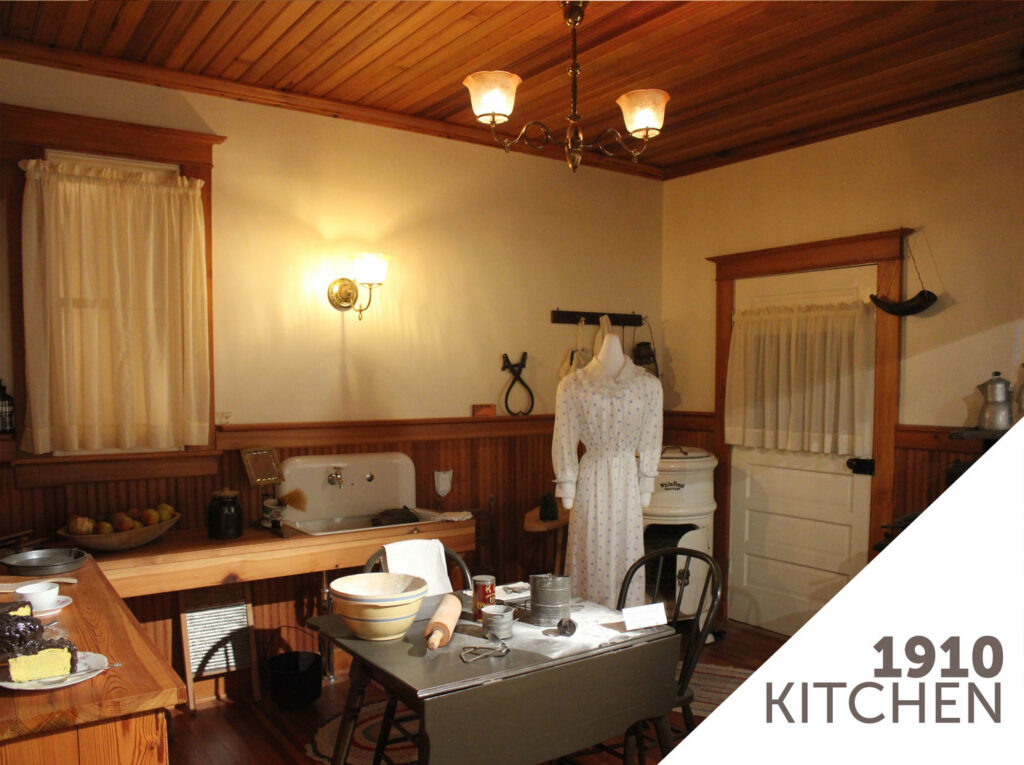
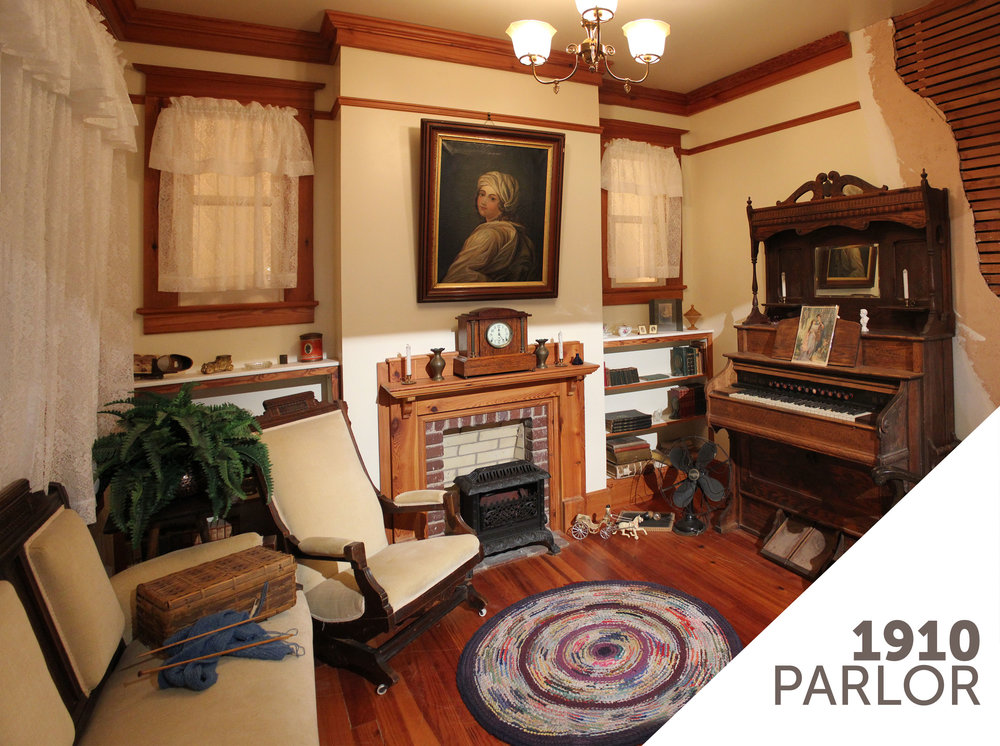
Evidence remained of the life of the homesteader, but Abilene was beginning to urbanize. An electric streetcar system had just begun service. The state-run Epileptic Colony was celebrating its seventh birthday and was the city’s largest employer. Following drought-breaking rains, the city’s water supply seemed secure. Although electricity was appearing in some houses, gas was still in dominant use for interior lighting. The town’s location on the main line of the T&P Railway made delivery of catalogue goods simple for anyone capable of purchasing them.
These videos are adaptations of scripts written by Betty Hukill based on real Abilene stories and performed by AISD middle school students. This project was funded by The Summerlee Foundation.
Scroll down to see more videos through the years!
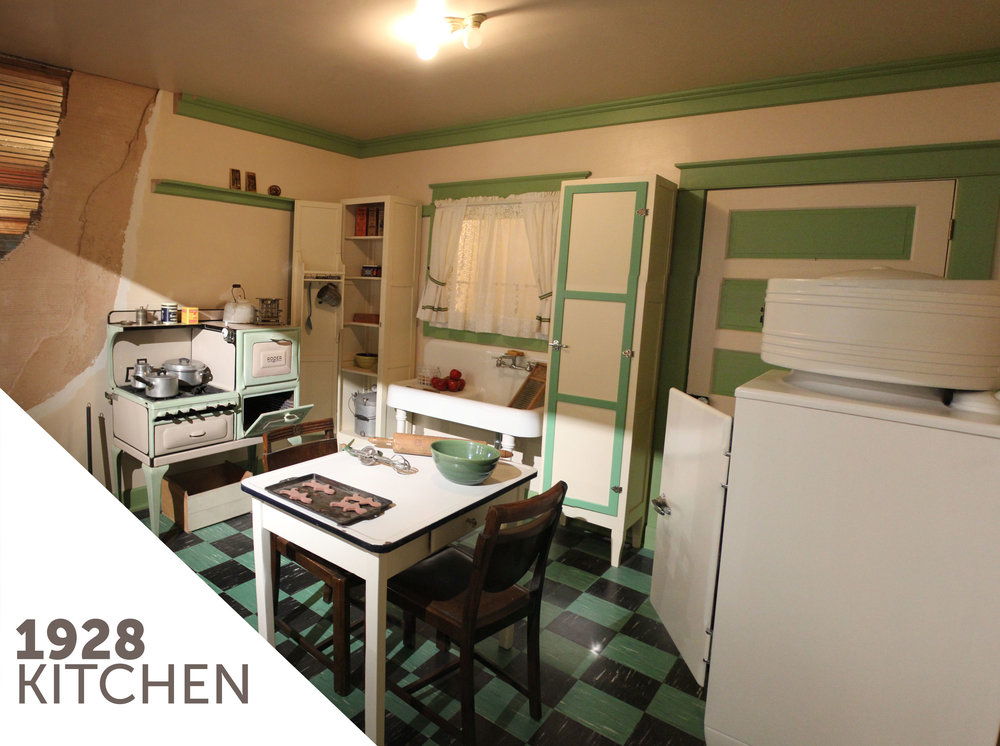
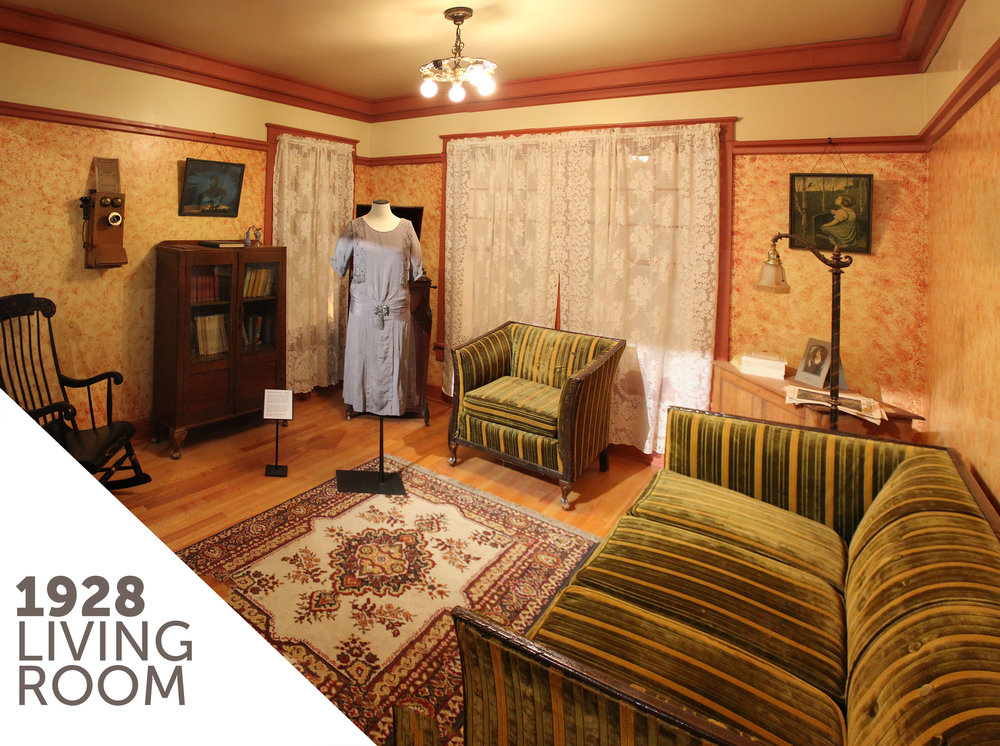
Abilene, during the twenties, established itself as an urban center. Ranger, once the largest town between Fort Worth and El Paso, was surpassed by Abilene before the end of the decade. The number of hotels downtown increased rapidly, making Abilene an attractive stopping point for railroad travelers. The local colleges became viable economic assets. Abilene more than doubled its population from 10, 274 in 1920 to 23,175 in 1930 and consequently experienced a housing boom. New developments expanded the city’s bounds on the north and south sides of town. Electric lighting and internal plumbing became common. Abilene was coming of age.
These videos are adaptations of scripts written by Betty Hukill based on real Abilene stories and performed by AISD middle school students. This project was funded by The Summerlee Foundation.
Scroll down to see more videos through the years!
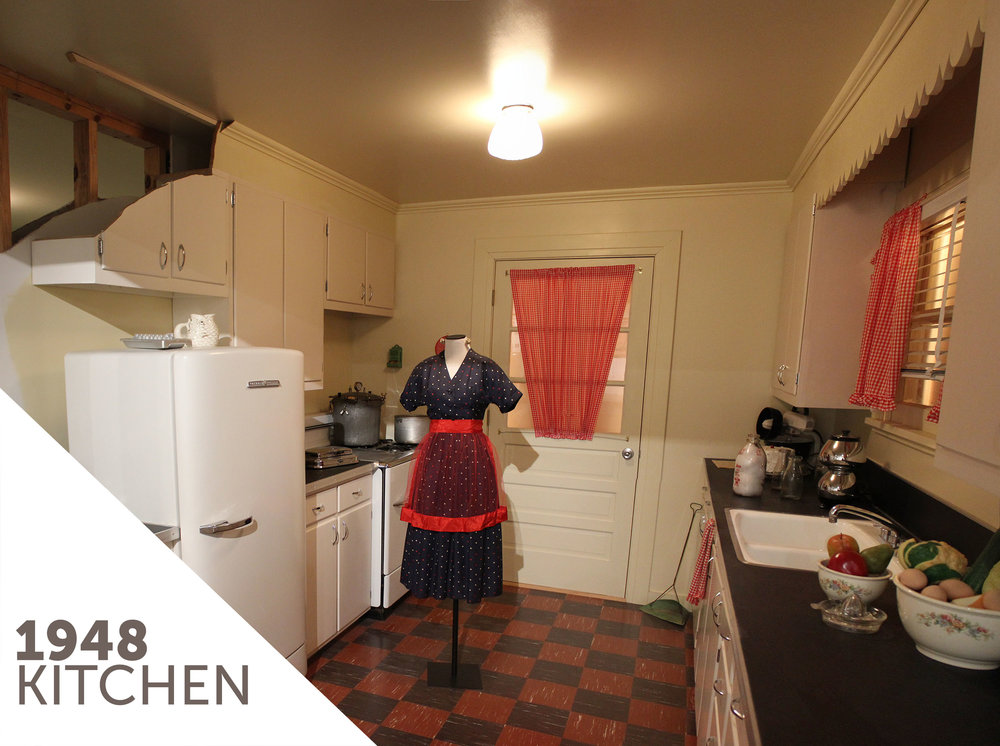
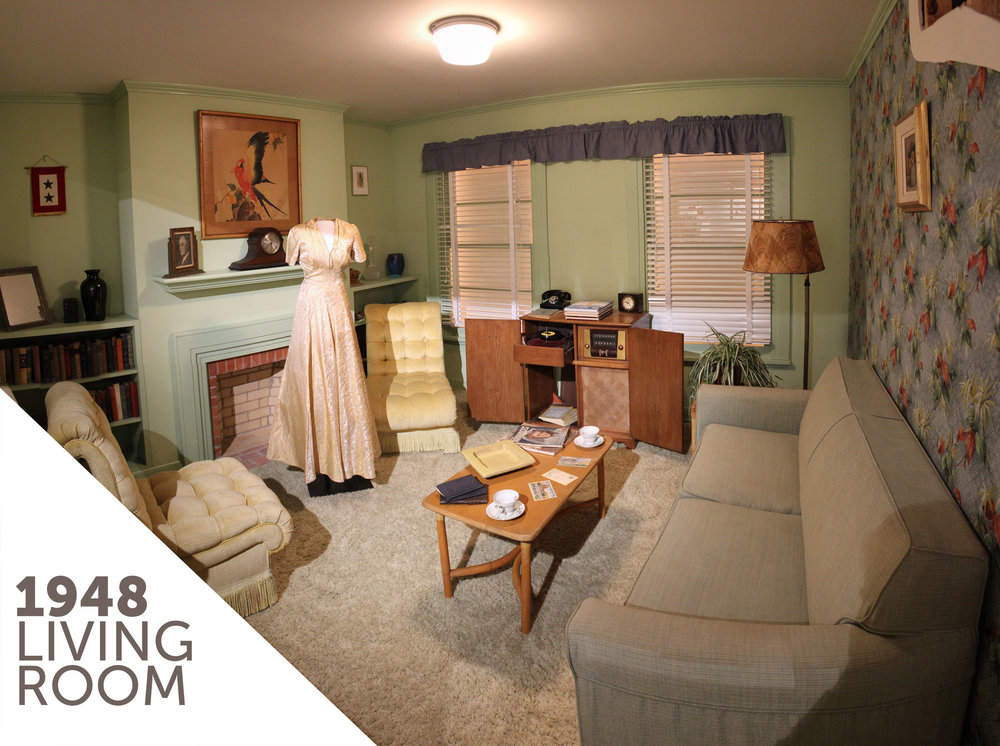
When Camp Barkeley was declared surplus in 1945, Abilene looked as if it would dry up- as it had nearly done many times before. At war’s end the Abilene jobless rate was very high, as it was in other cities. Yet national figures estimated the average wait for a new job at six weeks. Government intervention in demilitarizing the country (through the GI Bill of 1944, for example,) dramatically improved Abilene’s chances for survival, providing low interest rate loans to veterans for continuing education, for starting new businesses, an ultimately for purchasing consumer goods and new homes.
War-advanced technology was rapidly adapted for peaceful use and made its way to the home front. The people of Abilene, and the rest of the country, for that matter, were weary of war rations and savings. Store credit was readily available, and many took advantage of it. Local realtors expressed optimism about the future. Many former “Barkeley Boys” decided to stay in Abilene with their local wives and were ready for new homes and furnishings.
These videos are adaptations of scripts written by Betty Hukill based on real Abilene stories and performed by AISD middle school students. This project was funded by The Summerlee Foundation.